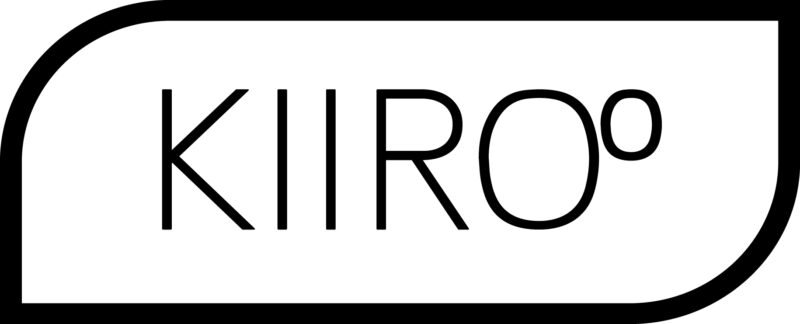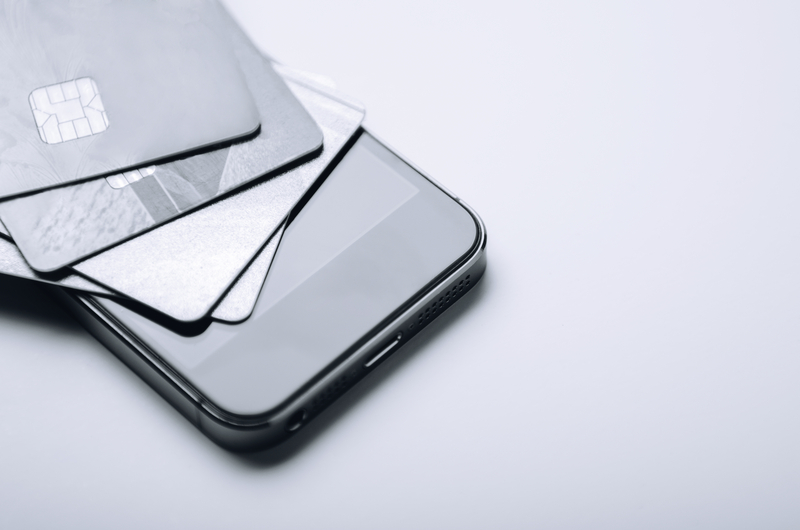For many years, the film industry was seen as a boys’ club for filmmakers. The pornographic film business has been greatly influenced by a number of talented male filmmakers. Whether you enjoy gay or straight porn, there is a list of outstanding male porn directors that deserve recognition. Regardless of their individual techniques or genres,…
Read More
A recent piece states that if Sextech continues to grow, its valuation will probably reach $32.7 million by the end of the year. Which companies, though, are spearheading the revolution in sex technology? We have looked into which companies are consistently leveraging cutting-edge technology and the creation of innovative new goods and applications to push…
Read More
Live camming is one of the adult entertainment market’s fastest-growing genres. In order to generate revenue and grow their companies, some of the most well-known adult models concentrate only on the adult camming format and the opportunities for live content and broadcasting. Adult B2B Marketing has done a great job covering the camming sector. Furthermore,…
Read More
During the Covid-19 epidemic, a premium social media network named OnlyFans rose to prominence. Many felt alone and yearned for an outlet outside of themselves as a result of being forced to spend months indoors. As a result, OnlyFans has become well-known and the “standard” platform for high-quality media. But in 2021, there was a…
Read More
Like any other industry, the adult entertainment industry needs reliable and effective payment processors and financial partners. Most commercial and corporate banks steer clear of the pornographic, adult, and recreational businesses because they believe they pose an undue risk. These problems affect conventional payment gateways and providers like PayPal and Stripe. Thankfully, the growing need…
Read More




